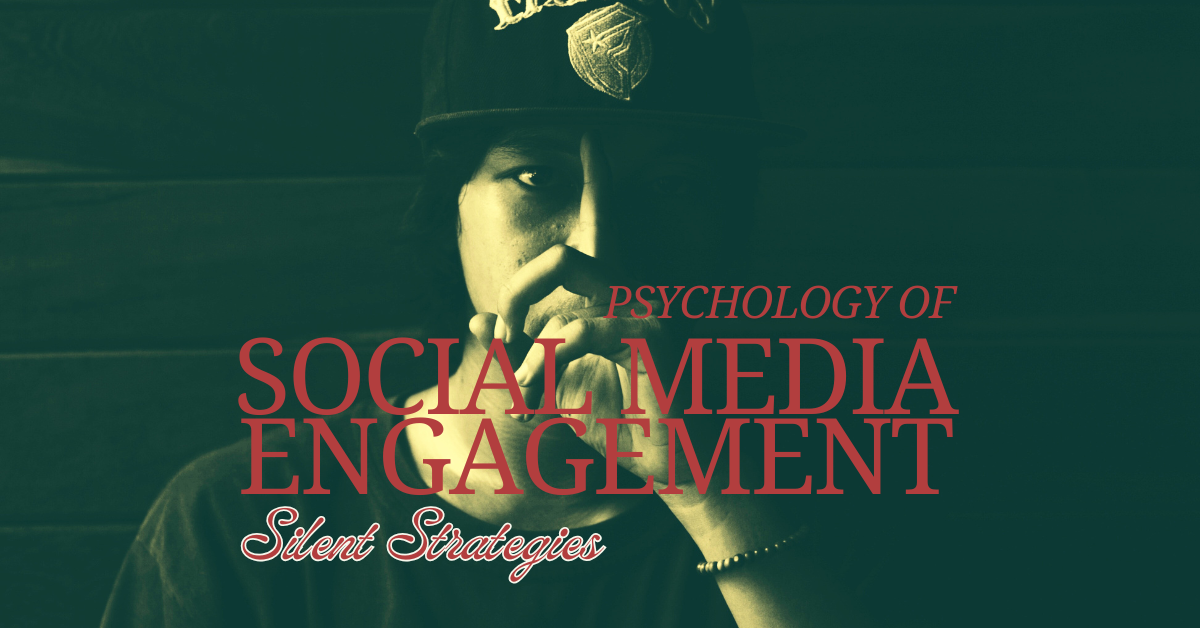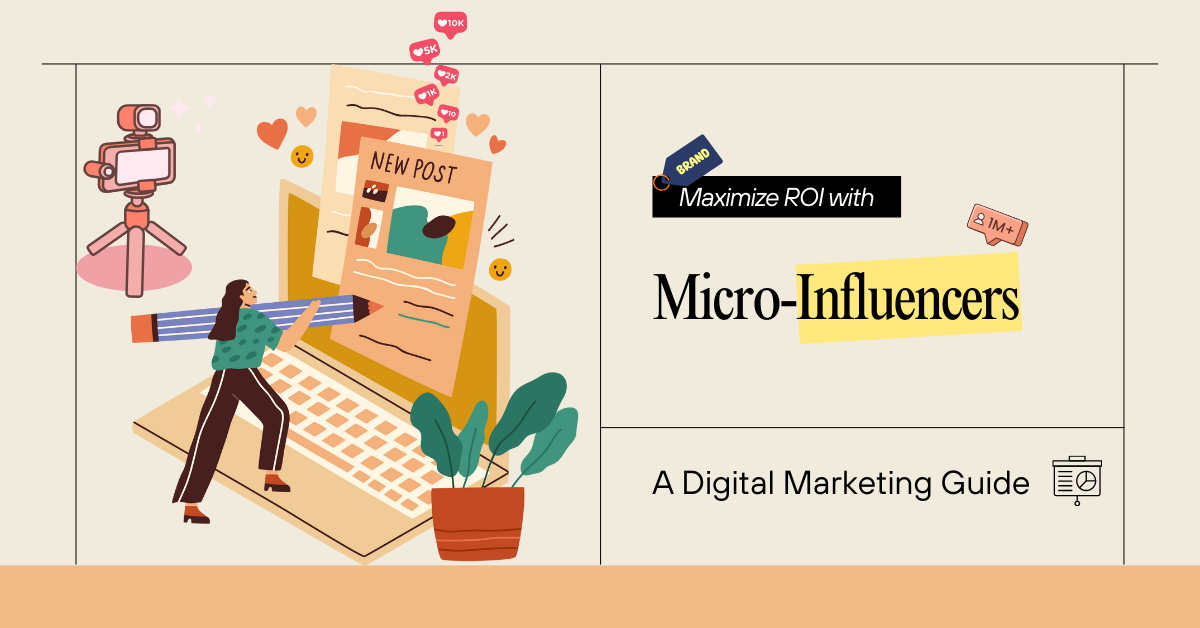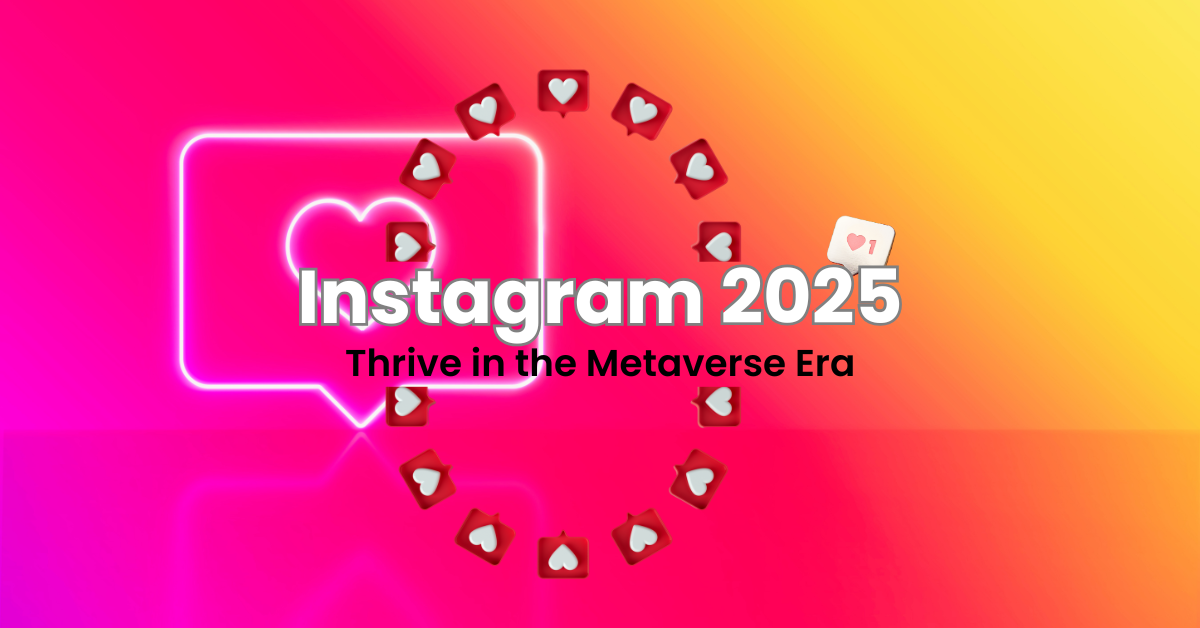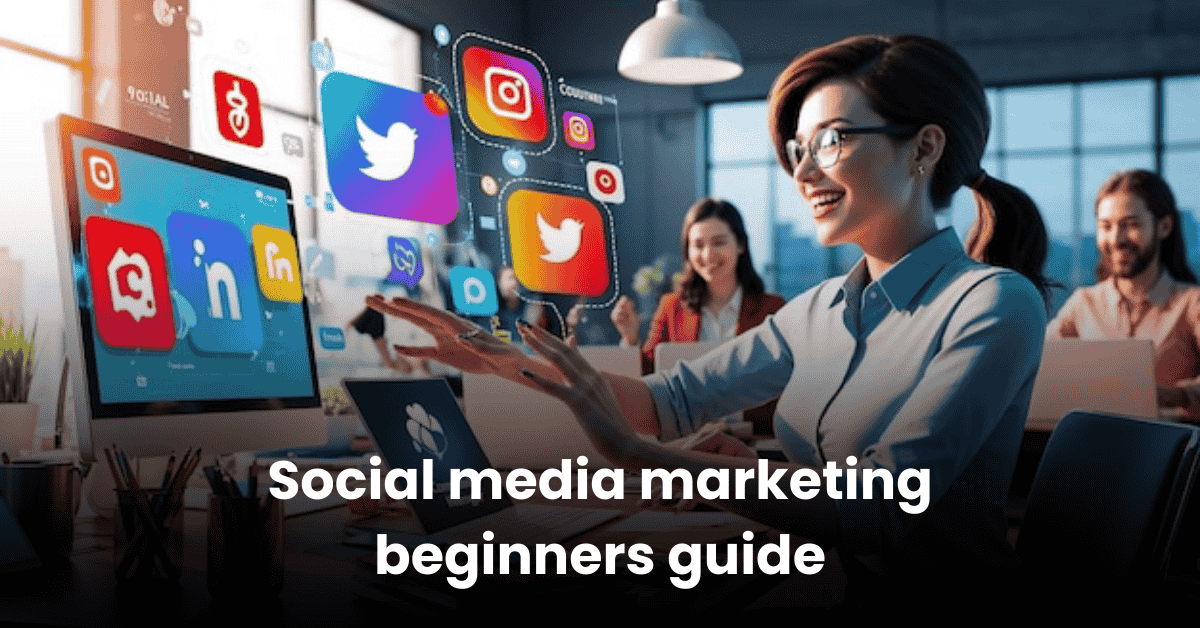The Hidden Psychology Behind Social Media Engagement: How to Captivate Your Audience Without Saying a Word
In the fast-paced world of social media marketing, brands are constantly vying for attention. But what if the key to standing out isn’t about posting more content, using the latest trends, or even crafting the perfect caption? What if the secret lies in understanding the psychology of your audience and leveraging it to create silent yet powerful connections?
Welcome to the world of non-verbal social media marketing—a strategy that taps into the subconscious minds of your audience to drive engagement, build trust, and foster loyalty. Let’s dive into the fascinating psychology behind social media engagement and how you can use it to your advantage.
1. The Power of Visual Storytelling: Why Your Brain Loves Images More Than Words
Did you know that the human brain processes images 60,000 times faster than text? This is why platforms like Instagram and Pinterest thrive. But it’s not just about posting pretty pictures—it’s about telling a story that resonates with your audience’s emotions.
Visual storytelling is a powerful tool because it allows you to communicate complex ideas quickly and effectively. For example, a single image of a family enjoying a meal can convey warmth, togetherness, and happiness—all without a single word.
- Actionable Tip: Use visuals that evoke specific emotions related to your brand. For example, a travel company could post a serene beach photo to evoke feelings of relaxation and escape. Pair it with minimal text to let the image speak for itself.
2. The Color Code: How Hues Influence Behavior
Colors aren’t just aesthetic choices—they’re psychological tools for social media engagement. Different colors evoke different emotions and actions. For instance:
- Blue conveys trust and reliability (think Facebook and LinkedIn).
- Red creates urgency and excitement (think TikTok’s logo).
- Green symbolizes growth and health (think organic or eco-friendly brands).
Understanding color psychology can help you create a cohesive brand identity that resonates with your audience on a deeper level.
- Actionable Tip: Audit your brand’s color palette. Are the colors you’re using aligned with the emotions you want to evoke? Experiment with color psychology in your posts to see how it impacts engagement.
3. The Silent Persuasion of Social Proof
Humans are inherently social creatures. We look to others for cues on how to behave, especially in uncertain situations. This is why social proof—like likes, shares, and comments—is so powerful. When people see others engaging with your content, they’re more likely to do the same.
Social proof can take many forms, from customer testimonials to influencer endorsements. The key is to make it visible and authentic.
- Actionable Tip: Showcase user-generated content, testimonials, or case studies to build trust and encourage others to engage. Even something as simple as adding a “Most Popular” highlight to your Instagram Stories can boost engagement.
4. The Art of Negative Space: Less is More
In a world of information overload, simplicity stands out. Negative space (the empty space around your subject) can draw attention to what really matters. It’s not just a design principle—it’s a psychological one. Our brains are wired to focus on what’s different or stands out.
For example, Apple’s minimalist ads are iconic because they let the product speak for itself. By eliminating distractions, they create a sense of sophistication and elegance.
- Actionable Tip: Use negative space in your graphics and photos to highlight your key message. For example, a minimalist ad with a single product and plenty of white space can be more impactful than a cluttered design.
5. The Scarcity Effect: Why FOMO Drives Action
Fear of missing out (FOMO) is a powerful motivator. When people perceive something as scarce or limited, they’re more likely to take action. This is why countdown timers, limited-time offers, and exclusive content perform so well on social media.
Scarcity taps into our innate desire to secure opportunities before they’re gone. It creates a sense of urgency that can drive immediate engagement.
- Actionable Tip: Use scarcity strategically in your campaigns. For example, run a 24-hour Instagram Story poll with a special discount code for participants. The time constraint will encourage immediate engagement.
6. The Micro-Moment Magic: Capturing Attention in Seconds
The average attention span on social media is just 2-3 seconds. To capture attention, you need to make an impact fast. This is where micro-moments come in—tiny, highly engaging snippets of content that grab attention and leave a lasting impression.
Micro-moments are all about delivering value quickly. Whether it’s a catchy headline, a striking image, or a surprising fact, the goal is to hook your audience before they scroll past.
- Actionable Tip: Focus on the first 3 seconds of your videos or the top 20% of your images. Use bold visuals, intriguing headlines, or unexpected elements to hook your audience immediately.
7. The Hidden Language of Emojis
Emojis are more than just fun additions to your captions—they’re a universal language that transcends barriers. Studies show that using emojis can increase engagement by 25%. They add personality, convey emotion, and make your content more relatable.
Emojis can also help you stand out in crowded feeds. A well-placed emoji can draw the eye and make your post more visually appealing.
- Actionable Tip: Use emojis strategically to complement your message. For example, a fitness brand could use 💪 to convey strength or 🏃♂️ to represent movement.
8. The Role of Consistency in Building Trust
Consistency is key to building trust and loyalty on social media. When your audience knows what to expect from you, they’re more likely to engage with your content.
This applies to everything from your posting schedule to your brand voice and visual style. Consistency creates a sense of reliability that can strengthen your relationship with your audience.
- Actionable Tip: Develop a content calendar to ensure consistent posting. Use tools like Canva or Adobe Spark to maintain a cohesive visual style across all your posts.
Conclusion: Silence Speaks Louder Than Words
In the noisy world of social media, sometimes the most powerful messages are the ones that don’t need to be said. By understanding the psychology behind visual cues, colors, social proof, and human behavior, you can create content that speaks directly to your audience’s subconscious mind.
So, the next time you’re crafting a social media post, ask yourself: What can I say without saying a word? The answer might just be the key to unlocking your audience’s hearts—and their engagement.
What’s your favorite non-verbal social media strategy? Share your thoughts in the comments below! 👇
If you’re looking to master these strategies and more, consider enrolling in a Digital Marketing Training Institute in India. This institutes offer comprehensive courses that cover everything from social media marketing to SEO and beyond.
For more tips on boosting your social media presence, check out our guide on how to create engaging content.






Really intriguing post! The psychology behind what drives engagement—especially the subtle, ‘silent’ strategies—is often overlooked. Loved how you broke it down. Definitely made me rethink how I approach content.Online Digital Marketing Training Institute